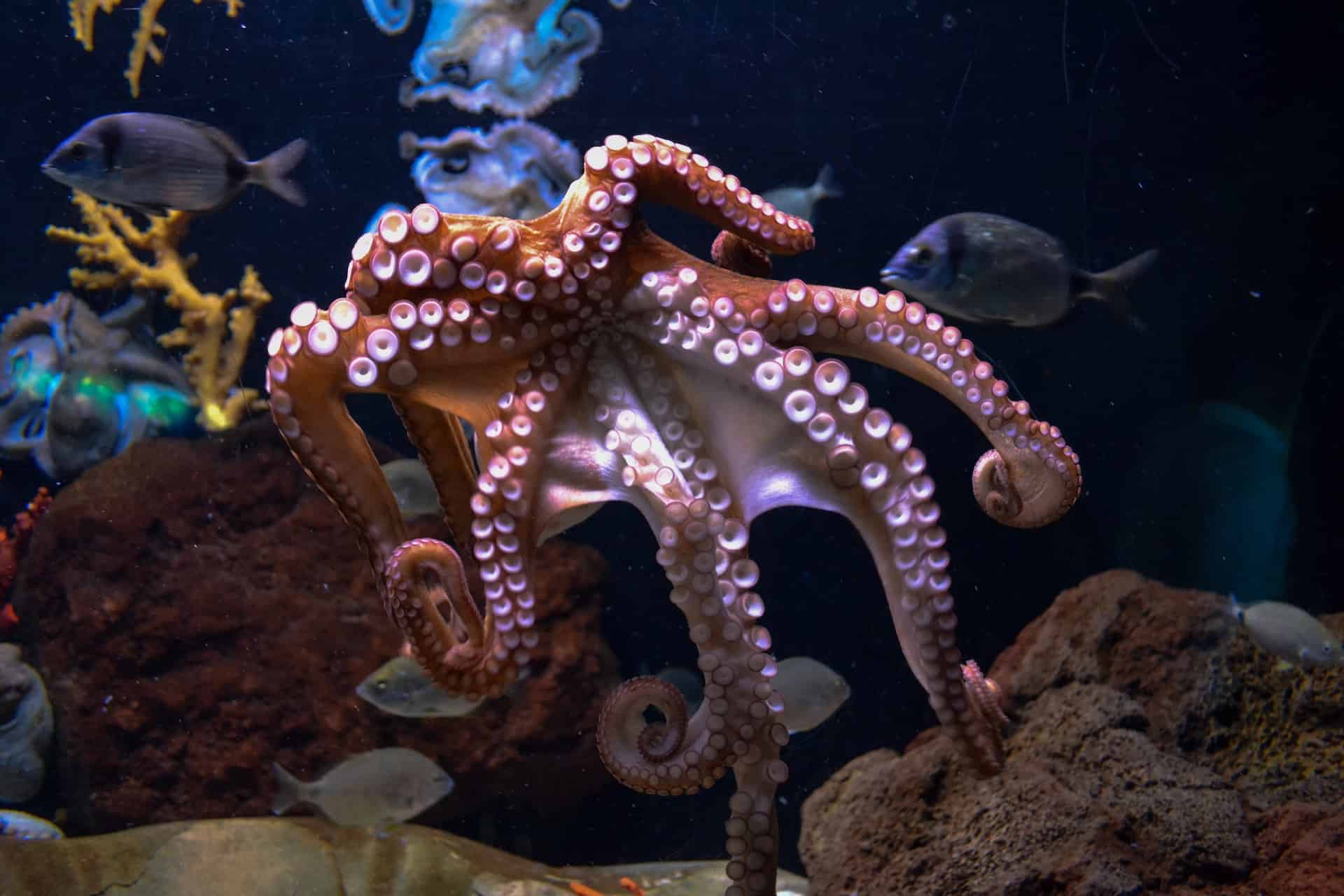
Octopuses sleep in a manner surprisingly similar to humans, and there is evidence to suggest that they may even dream. While these intelligent creatures are renowned for their cognitive abilities, their sleeping patterns are equally fascinating.
During their slumber, moments of tranquility are intermittently interrupted by brief episodes of frenetic motion. Their limbs and eyes twitch, their breathing accelerates, and their skin displays vivid hues, creating a mesmerizing spectacle.
A group of researchers recently delved into the study of octopus sleep, examining their brain patterns and skin markings during their active period of sleep. Astonishingly, they found that these patterns closely resemble those observed when octopuses are awake.
This wake-like activity in their sleep bears similarities to the brain patterns observed during rapid eye movement (REM) sleep in mammals, a stage known for its association with dreams.
In the sleep cycle of humans, we transition between two stages: rapid eye movement (REM) and non-rapid eye movement (NREM) sleep. NREM sleep represents the serene phase that occurs when we are just beginning to drift off. During REM sleep, our brains engage in processing the events of the day, and dreaming serves as a mechanism to assimilate that information.
“All animals seem to show some form of sleep, even simple animals like jellyfish and fruit flies. But for a long time, only vertebrates were known to cycle between two different sleep stages,” Sam Reiter, the senior author of the study and researcher at Okinawa Institute of Science and Technology (OIST) in Japan, said in a media statement.
Sleeping (and dreaming) time

To determine if octopuses were truly asleep during their active slumber phase, the researchers conducted experiments to test their responsiveness to physical stimuli. They found that during both the quiet and active phases of sleep, the octopuses required stronger stimulation before reacting. Furthermore, when prevented from sleeping, they entered the active sleep phase more frequently and sooner.
“This compensatory behavior nails down the active stage as being an essential stage of sleep that is needed for octopuses to properly function,” Aditi Pophale, co-first author of the study and PhD student at OIST, said in a statement
The researchers also investigated the intricate brain activity of octopuses during both wakefulness and sleep. During quiet sleep, they observed distinctive brain wave patterns that bore a striking resemblance to sleep spindles, which are observed during non-REM sleep in mammalian brains. The exact purpose of these waveforms remains uncertain, even in the context of human sleep.
However, utilizing an advanced microscope developed by co-first author Dr. Tomoyuki Mano, the researchers discovered that these sleep spindle-like waves manifested in specific regions of the octopuses’ brains associated with learning and memory. This finding suggests that these waves potentially serve a similar memory-related function as they do in humans.
Approximately once every hour, the octopuses entered an active sleep phase lasting approximately one minute. Remarkably, during this active sleep stage, their brain activity closely resembled their wakeful brain activity, akin to the phenomenon of REM sleep in humans.
In addition to studying brain activity, the researchers also captured and analyzed the changes in the skin patterns of the octopuses during both wakefulness and sleep, employing an ultra-high-resolution 8K recording.
“We were able to observe the behavior of individual pigmented cells and gain insights into the overall skin pattern formation,” explained study author Leenoy Meshulam.
While awake, octopuses possess an intricate control system over numerous pigmented cells present in their skin, enabling them to create distinct skin patterns. These serve multiple functions, including camouflage and communication through social or threat displays. During active sleep, octopuses cycled through the same skin patterns, the researchers found.
There are various possible explanations for this. One hypothesis suggests that octopuses practice their skin morphing in order to enhance their camouflage abilities while awake or to simply maintain their pigment cells. Another proposes that they might be learning from their waking experiences by reactivating specific skin patterns.
“In this sense, while humans can verbally report what kind of dreams they had only once they wake, the octopuses’ skin pattern acts as a visual readout of their brain activity during sleep,” Reiter said in a statement.
“We currently don’t know which of these explanations, if any, could be correct. We are very interested in investigating further.”
The study was published in the journal Nature.






